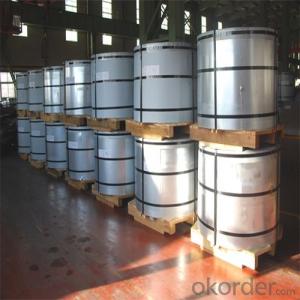Strength in Numbers: Reinforced Bars and Their Uses
Reinforced bars, also known as rebar, are the unsung heroes of modern construction. These steel rods, embedded in concrete, provide the tensile strength that concrete lacks, making it a vital component in the creation of strong and durable structures. In this article, we’ll explore the world of rebar, from its humble beginnings to its current applications, and why it’s an essential part of our built environment.
A Brief History of Reinforced Bars
The concept of reinforcing concrete with steel bars dates back to the early 20th century. However, it was only in the 1930s that the process was perfected and standardized. The idea was simple: combine the compressive strength of concrete with the tensile strength of steel to create a material that is both strong and ductile. This innovation revolutionized the construction industry, allowing for the creation of taller buildings, longer bridges, and more resilient infrastructure.
The Making of Reinforced Bars
Rebar is made from high-quality steel that is alloyed with elements like carbon, manganese, and sometimes chromium to enhance its properties. The steel is then heated and rolled into various shapes and sizes, depending on the application. The most common shape is a smooth round bar, but deformed bars with ridges are also used to provide better bonding with the concrete.
Once the bars are formed, they undergo a process called tempering, which involves heating and cooling the steel to increase its strength and ductility. This process ensures that the rebar can withstand the stresses and strains of construction without breaking.
Applications of Reinforced Bars
Reinforced bars are used in a wide range of applications, from residential buildings to massive infrastructure projects. Here are some of the most common uses of rebar:
1. Buildings: Rebar is used in the construction of walls, floors, and roofs to provide structural support and prevent cracking. It’s especially important in earthquake-prone areas, where the added strength can mean the difference between a building standing strong or collapsing.
2. Bridges: The tensile strength of rebar is crucial in bridge construction, where it helps to support the weight of the bridge and distribute loads evenly across the structure.
3. Highways and Roads: Rebar is used in the construction of highways and roads to reinforce the pavement and prevent cracking due to traffic and weather conditions.
4. Foundations: Rebar is often used in the construction of foundations to provide additional support and stability to the structure above.
5. Retaining Walls: In areas with steep slopes or unstable soil, rebar is used in retaining walls to hold back the earth and prevent landslides.
6. Water and Sewage Systems: Rebar is used in the construction of water tanks, reservoirs, and sewage systems to ensure their durability and resistance to corrosion.
7. Industrial Construction: In factories and other industrial settings, rebar is used to reinforce structures that will be subjected to heavy loads or extreme conditions.
The Importance of Proper Placement
Proper placement of rebar is crucial to ensure the structural integrity of a project. Rebar must be positioned accurately within the concrete to provide the necessary support and prevent failure. This involves careful planning and coordination between the design team, construction crew, and engineers.
In addition, the amount of rebar used in a project is determined by factors such as the size of the structure, the loads it will bear, and the environmental conditions it will be exposed to. Overusing or underusing rebar can lead to structural issues and compromise the safety of the building or infrastructure.
The Future of Reinforced Bars
As the world continues to urbanize and the demand for durable and resilient infrastructure grows, the role of rebar is only set to become more important. Advances in material science and construction techniques are leading to the development of new types of rebar with improved properties, such as higher strength and better corrosion resistance.
Moreover, the push for sustainability in construction is driving the industry to explore the use of recycled materials and innovative methods to reduce the environmental impact of rebar production and use. This includes the use of alternative materials, such as glass or plastic fibers, and the development of more efficient manufacturing processes.
In Conclusion
Reinforced bars are an integral part of our built environment, providing the backbone that supports our structures and ensures their longevity. From the tallest skyscrapers to the most intricate bridges, rebar plays a critical role in the safety and resilience of our infrastructure. As we look to the future, it’s clear that the strength of rebar will continue to be a key factor in the development of our cities and the well-being of our communities.

